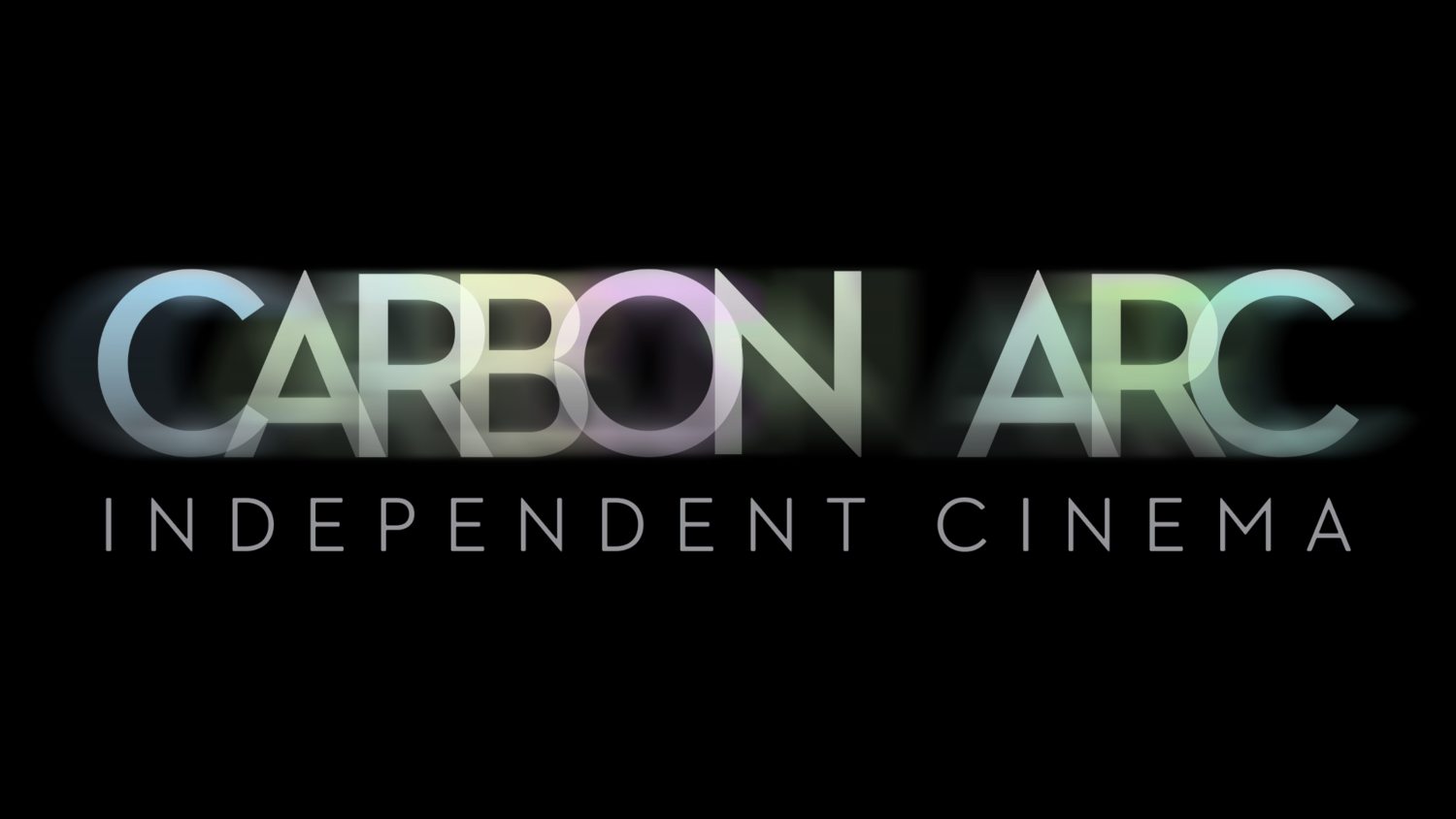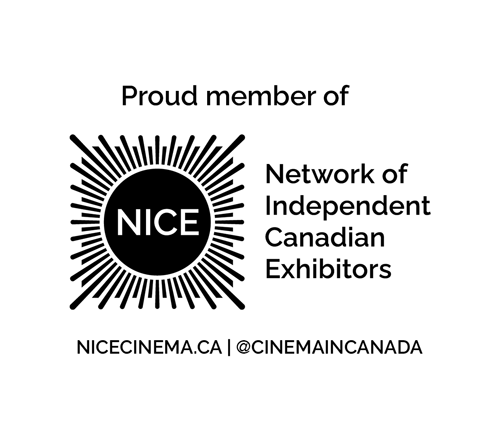Coming to FIN after rave reviews at Sundance and Berlinale earlier this year, and still hot from its Canadian premiere at TIFF, Call Me By Your Name is one of the festival's most buzz-worthy attractions. Even with the hype, the film does not disappoint. Coming just a year after the theatrical release of director Luca Guadagnino's underappreciated, but thrilling A Bigger Splash, this film sees Guadagino returning to film in his home country; a title at the beginning of the film reveals its setting "Somewhere in Northern Italy". A sun-soaked romance set in 1983, the film follows the relationship between Elio, a 17 year-old musical prodigy, and the 24 year-old understudy of his father.
Elio (Timothée Chalamet) and Oliver (Armie Hammer) meet for the first time.
The pair are played, respectively, by up-and-comer Timothée Chalamet and Hollywood star Armie Hammer. The two are both revelations. Anyone who caught last year's underseen Miss Stevens has seen Chalamet's acting chops at work. Here, he seamlessly navigates the difficult waters of portraying a character who's moody pretentiousness derives from an underlying insecurity. Hammer, who's been appearing on-screen as a blandly underwritten big, handsome blond in films like The Social Network, The Lone Ranger, and The Man From Uncle, gets a chance to play that role again here, but with a legitimate character arc. After appearing against type as an arrogant, bearded criminal in a 1970s Boston warehouse in Free Fire earlier this year, Hammer seems to be finally breaking through to display a talent he hasn't been able to elsewhere. His character, Oliver, is a bit pretentious (everyone is in the bourgeois home featured in the film), but also shy. His intellectual insecurity is a little less obvious than Elio's, but there nonetheless. Guadagnino's camera fawns over Hammer's body, a movie star physicality rarely afforded in an erotic sense to male performers other than Channing Tatum. In one scene, a bitter, skinny Elio essentially plays waterboy to Oliver's dominating athleticism in a volleyball match. In another, Oliver is unimpressed by Elio's arrogant refusal to play a Bach number as originally written. They are not quite opposites, but seem to perceive themselves as lacking what the other possesses.
Despite its American stars, the film has a European sensibility. Guadagnino's direction gives the script by James Ivory (The Remains of the Day, Howard's End) space to breath. The leisurely pace of its 132-minute run-time in the absence of obviously propulsive plotting may feel slow near the beginning, but it allows the characters time for a sincere growth, feeling their way through an initially thorny mismatching, to eventually only feel whole together. Without spoiling anything, the final act is perhaps the highlight of the film, and wholly dependent on the chemistry achieved in what preceded it; Michael Stuhlbarg as Elio's father triumphs with a heartfelt monologue that manages to convey an honest sentimentality rather than triteness, and the final shot of Chalamet in close-up is the best moment in his performance. If I misled you into thinking the pacing may be a bore, allow me to correct myself - it also gives us awhile longer to bask in the beauty of the Italian, creating a real sense of the setting.
Oliver (Hammer) attempts to relieve some tension (Chalamet).
Although the great costume design is somewhat distinctly 1980s, the soundtrack of the film, ranging from classical, to The Psychedelic Furs (check out Armie's dance moves!), to Sufjan Stevens, creates a sense of timelessness. Out of the particularities of the setting grows a passion beyond time and space. Don't let the intellectual conversations of the characters mislead you into thinking the film is meant for the head, rather than the heart. It's formal beauty feels foreign, but its intimate details are deeply human. An erotic and emotional masterpiece, you will not want to miss it.
Part of our AIFF 2017 Review Roundup.
















